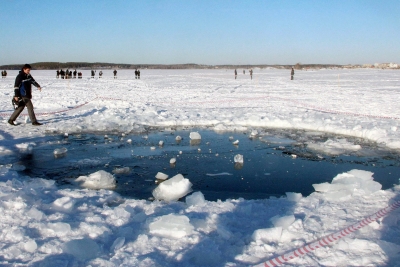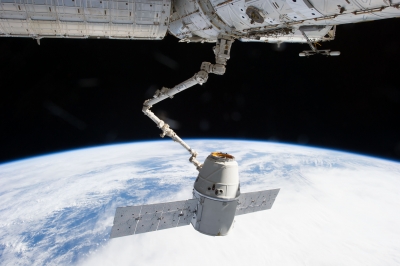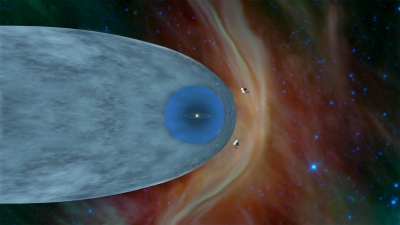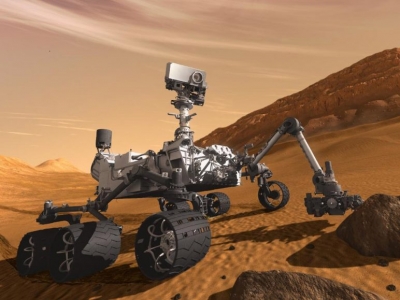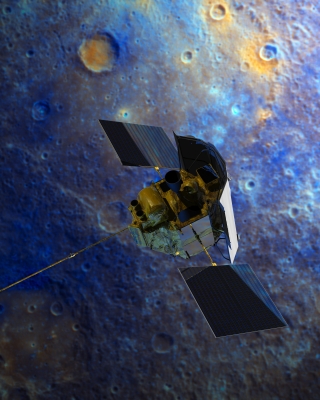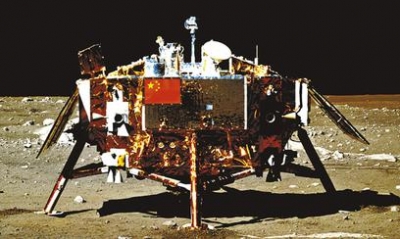
On December 1, 2013, China launched the Chang’e-3 lunar rover mission on December 1, 2013. The unmanned spacecraft became the first spacecraft to ‘soft-land’ on the Moon since 1976. The spacecraft entered the elliptic orbit on Dec 10, 2013, and landed on the lunar surface on December 14, 2013. Soon after the touchdown in the Mare Imbrium, a small six-wheeled, solar-powered Yutu rover was deployed and driven across the airless surface. But Yutu stopped moving from December 16. However, its instruments continued to function till March 2015, sending back valuable information about the Moon to scientists.
In the landing sequence, the Chang’e-3 lander is dropped from an altitude of 4 m above the lunar surface which required a cushioning landing system on the lander to create a fairly soft landing. The system also has to support the rover release that is performed after landing. A “cantilever-type” design has been selected for Chang’e-3.
The landing system utilizes four primary landing legs that are equipped with footpads to avoid sinking into the surface. The Chinese used previous lander designs and knowledge on the properties of the lunar dust to develop a landing system that minimizes mass while maximizing stability.
The primary landing struts facilitate bumpers with interior buffer elements to provide shock-absorbing capabilities. The legs are installed at an angle of 30º to the lander structure. Multi-functional and single-functional secondary struts are attached to the landing legs to provide additional attach points to the lander body.
Picture Credit : Google

